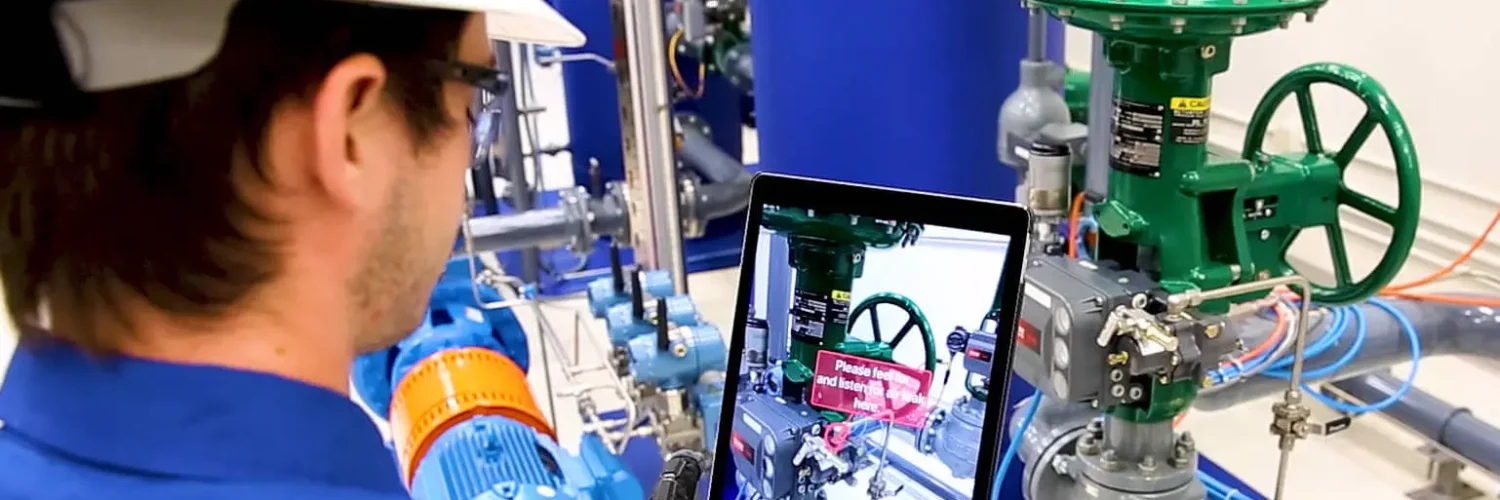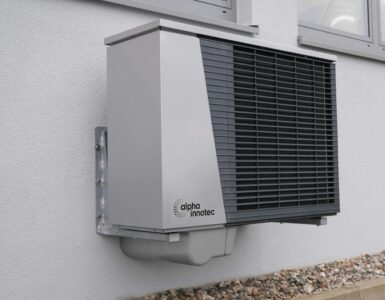In the high-stakes environment of industrial operations, system reliability is not just a metric; it’s a critical determinant of safety, efficiency, and profitability. A reliable system ensures that processes run smoothly, downtime is minimized, and productivity is maximized. However, achieving and maintaining this level of reliability requires a nuanced understanding of all system components, especially filters and control valves.
In this post, we will explore how enhancing system reliability can be achieved through effective monitoring of filters and control valves.
Understanding the Role of Filters & Control Valves in Enhancing Reliability
Filters and control valves are crucial components in any industrial system:
- Filters: These ensure that contaminants are removed from fluids, gases, or other process materials, thereby protecting sensitive equipment and maintaining product quality.
- Control Valves: These regulate the flow and pressure of liquids and gases within a system, ensuring that operations run within specified parameters.
Both components work in tandem to maintain efficient system operations. When either component fails or underperforms, it can lead to significant issues such as unplanned downtime, equipment damage, and compromised safety.
Challenges in Traditional Monitoring Approaches
Traditional methods of monitoring filters and control valves often involve manual inspections and reactive maintenance, which can be time-consuming and prone to human error. Some of the common challenges include:
- Intermittent Monitoring: Manual checks are often performed at scheduled intervals, which means issues can go undetected between inspections.
- Subjectivity: The effectiveness of manual inspections can vary depending on the skill and experience of the personnel conducting them.
- Delayed Response: Issues are often identified after they have already started affecting system performance, leading to reactive rather than proactive maintenance.
These challenges underscore the need for more advanced, continuous monitoring solutions that can provide real-time insights and alerts.
Innovative Solutions: The Benefits of Advanced Monitoring Technologies
Advanced monitoring technologies offer a range of benefits that can significantly enhance system reliability:
- Continuous Monitoring: Real-time data collection allows for continuous monitoring of filter and control valve performance, ensuring that any deviations from normal operation are immediately detected.
- Predictive Maintenance: By analyzing trends and patterns in the data, advanced systems can predict potential failures before they occur, enabling proactive maintenance.
- Improved Accuracy: Sensors and digital pressure gauges provide precise measurements, reducing the likelihood of human error and increasing the reliability of the data.
- Remote Monitoring: Cloud-based solutions allow for remote monitoring and management, providing greater flexibility and reducing the need for on-site personnel.
Steps to Implement Effective Monitoring in Your System
Implementing an effective monitoring system involves several key steps:
- Assess Your Current System: Evaluate your existing monitoring and maintenance practices. Identify pain points and areas for improvement.
- Choose the Right Technology: Select advanced monitoring technologies that fit your specific needs. Look for solutions that offer real-time data collection, predictive analytics, and remote monitoring capabilities.
- Integrate with Existing Systems: Ensure that the new monitoring technology can seamlessly integrate with your current system architecture and processes.
- Train Your Team: Provide training for your personnel on how to use the new technology effectively. This may include understanding how to interpret data and respond to alerts.
- Set Up Alerts and Notifications: Configure the system to send alerts and notifications for any deviations from normal operating conditions, allowing for timely intervention.
- Monitor and Optimize: Continuously monitor the system and optimize settings based on the data collected. Use the insights gained to improve overall system performance and reliability.
Future Trends in Filter & Control Valve Monitoring
The field of filter and control valve monitoring is continually evolving, with several emerging trends set to shape its future:
- Artificial Intelligence (AI): AI algorithms can analyze large datasets to identify patterns and anomalies that may indicate potential issues. This enables even more accurate predictive maintenance.
- Internet of Things (IoT): IoT devices can provide even greater connectivity and real-time data collection, allowing for more comprehensive monitoring solutions.
- Enhanced Sensor Technologies: Ongoing advancements in sensor technology will lead to more precise and reliable measurements, further improving the accuracy of monitoring systems.
- Integration with Advanced Process Control (APC): Combining monitoring systems with APC strategies can optimize entire processes in real-time, enhancing overall system reliability.
Conclusion
The journey to enhanced system reliability begins with understanding the critical role that filters and control valves play, recognizing the limitations of traditional monitoring approaches, and embracing innovative solutions that offer continuous, accurate, and actionable insights.
Ready to take the first step towards greater system reliability? Start by assessing your current systems and exploring the advanced monitoring solutions available. Your path to enhanced performance and efficiency starts now.
For more valuable information visit our website.





Add comment